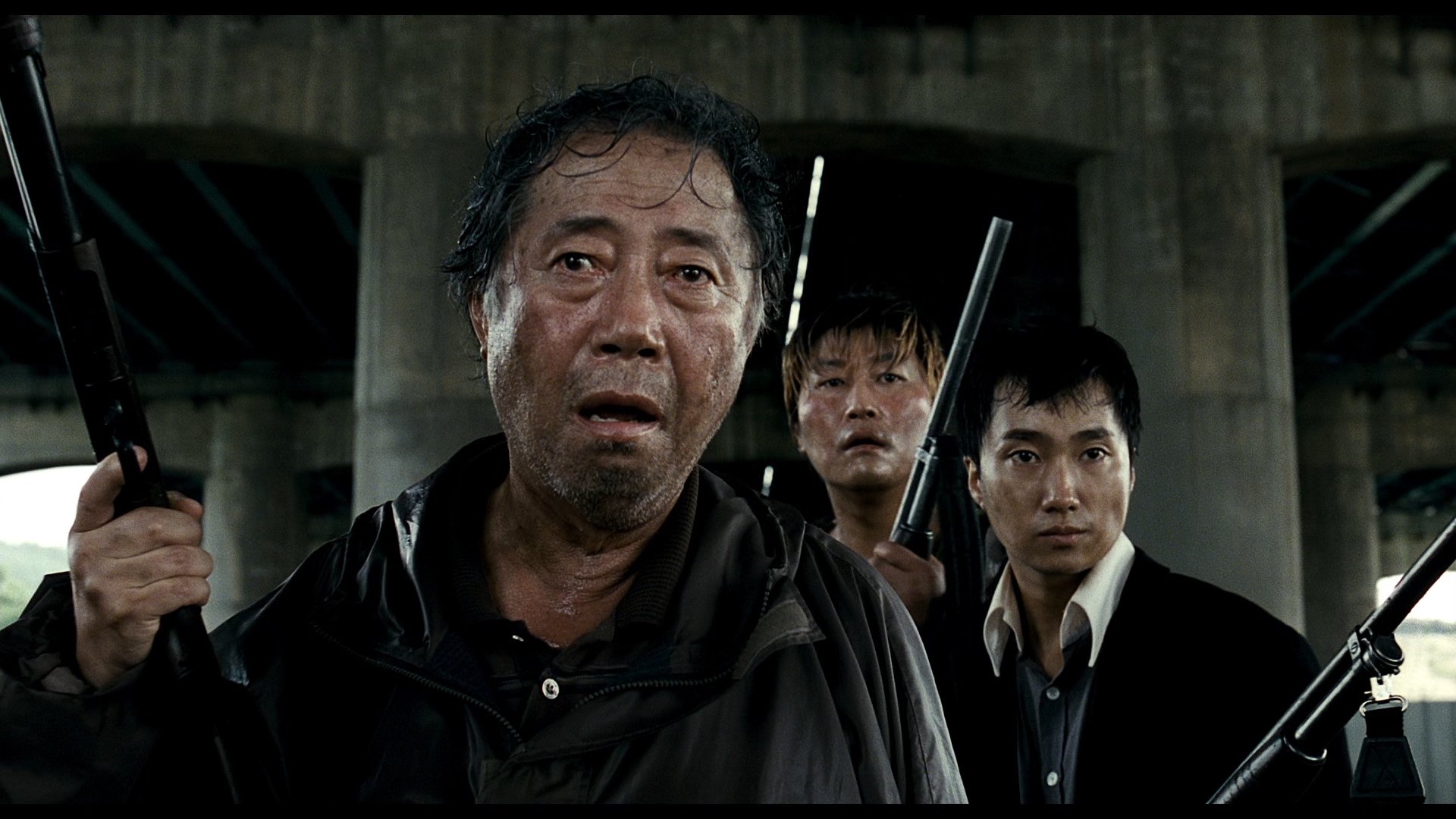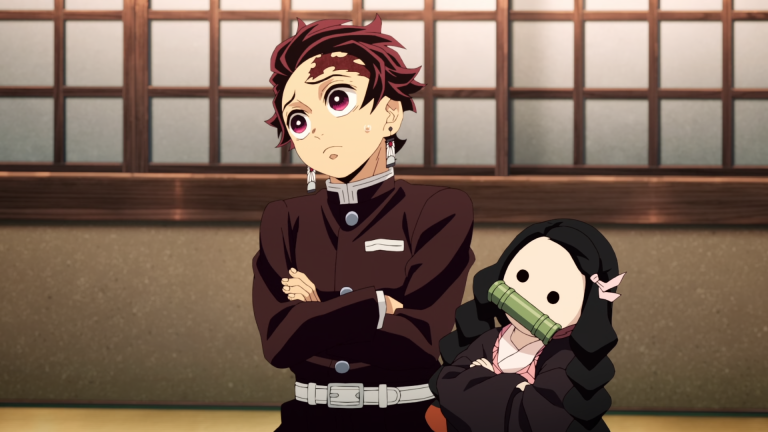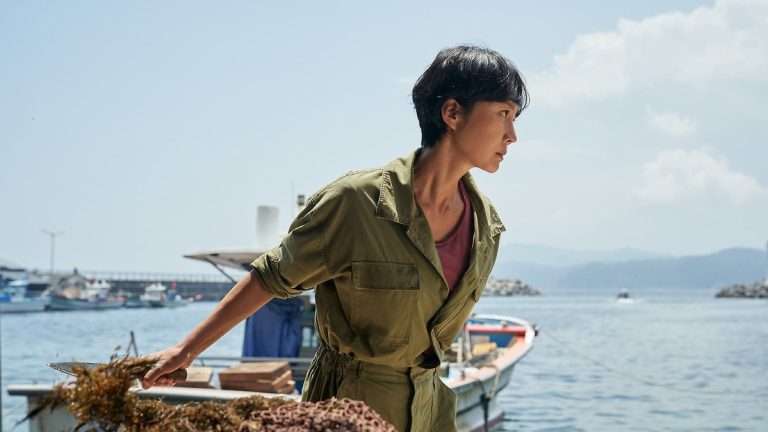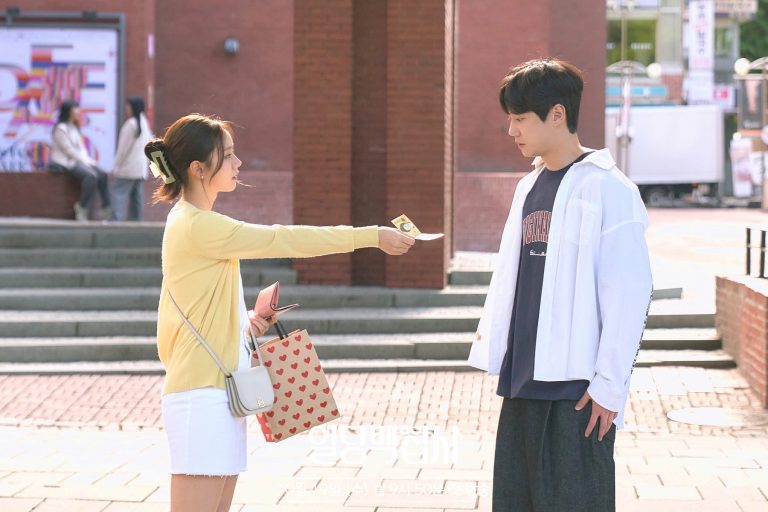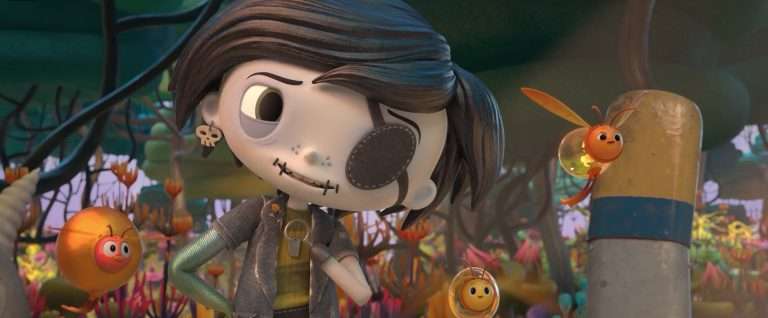Neocolonial Anxieties in Bong Joon-ho’s ‘The Host’ (2006): It is perhaps a stretch to think that Bong Joon-ho was trying to create a colonizer/native binary when making ‘The Host.’ The indictment of US presence in the Korean peninsula in the film cannot be questioned but for a filmmaker of his caliber, who has, for decades now, worked at establishing Korean cinema’s ability to stand head-to-head against the largest film industries of the world, that sort of a dichotomy would be an implicit admission of cultural inferiority. Yet a critique of the political relationship between the US and South Korea necessitates this kind of regressive bifurcation, if for no other reason than to show the power dynamics that separate the two nations despite their ‘friendship.’
The colonizer/native binary is one of the key facets of postcolonial studies. In the simplest possible terms, it can be defined as Europe’s view, starting from the Early Modern age, of the unexplored East and Africa as being regions covered in cultural darkness. Over the course of the next three centuries, colonizing enterprises across these lands would become exercises in proving this hypothesis. This is where the binary emerged of the colonizer and the native – the former, a vector of what it viewed to be progress and development, and the latter, a benighted people desperately in need of such advancements.
The enlightened colonizer was advanced in their thinking, concerns, and actions, scientific in their approach to the world, and culturally millennia ahead of those they colonized. The native was simple, unenlightened, primitive (a word that’s often synonymous with ‘barbaric’ in this context), and obviously, far behind in their knowledge of the world and the arts. This division would become the most common cause in justifying colonialism as a benevolent move on the part of the West to spread their knowledge, development, and culture across the East, something they were deemed entirely incapable of doing on their own.
Another key aspect of this binary is the view of the native as possessing this prelapsarian innocence owing to the simplicity of their thinking and ways of life. This is something that the West could desire, hoping to free itself from the complex mechanisms of their modernized lifestyles, but never achieve because the civilizational strides they have made are too profound for there to be a reversal.
US-South Korea’s relationship may not have a colonial history, but it certainly is a neocolonial association. US presence in the nation began as a measure against the fear of the spread of communist North Korea’s ideology south of the 38th parallel. The US’s significant role in South Korean politics following the Korean War has a well-recorded history. In South Korea, having a command over the English language has a great deal of cultural currency, meaning that its knowledge of it is concomitant with cultural elitism.
Recommended: 15 Best Korean Movies on Netflix To Stream Right Now
American popular culture also remains a touchstone to aspire to. This kind of far-reaching importance that the presence of a Western minority’s political influence and soft power has in the country only demonstrates the neocolonial nature of this relationship, as the minority culture dictates a not-insignificant section of the larger culture. The ‘neo-‘ prefix does not change the fact that there exists a clear supremacy of one culture over another.
In viewing Bong Joon-ho’s ‘The Host’ as a film about the environment’s resistance against human encroachment, we can see a distinct difference that Bong establishes in how the Koreans and the Americans perceive the natural world. The opening scene is quite obvious, but the discovery of the monster in its infancy is significant to the thesis that the film has a colonizer/native binary ingrained into it. For the fishermen, the evidently mutant creature is not a laboratory curiosity. They do not wish to put it under a microscope and dissect its origins.
Instead, for them, it’s part of the ‘broad(ness)’ of the Han River and its aquatic life, which they’re gladly willing to concede as being beyond the scope of their knowledge. Hence, when it escapes, they let it go. This ties back to the perception of the natives as being closer and better attuned to nature. Its mysteries are a cause of amusement to them, unlike the scientifically-driven colonizers, who cannot separate their fascination with a novelty from the post-Enlightenment European ethos of scientific curiosity.
Se-jin’s justification for stealing food from Gang-du’s stall is that he’s practicing ‘seo ri,’ something he defines as being ‘the right of the hungry.’ They can take food, and it needn’t be considered stealing since they’re foraging to quell a basic human need. Money they won’t take, as that is stealing. Using a single word that defines a children’s practice, Bong creates a relationship between the monster and human beings that had hitherto been unimaginable to meditate on given its rampage. The monster, like Se-jin and Se-joo, like all of us, is doing what it’s doing to quench its hunger. It didn’t invade Seoul but was brought into being owing to the invasive practice of an American pathologist.
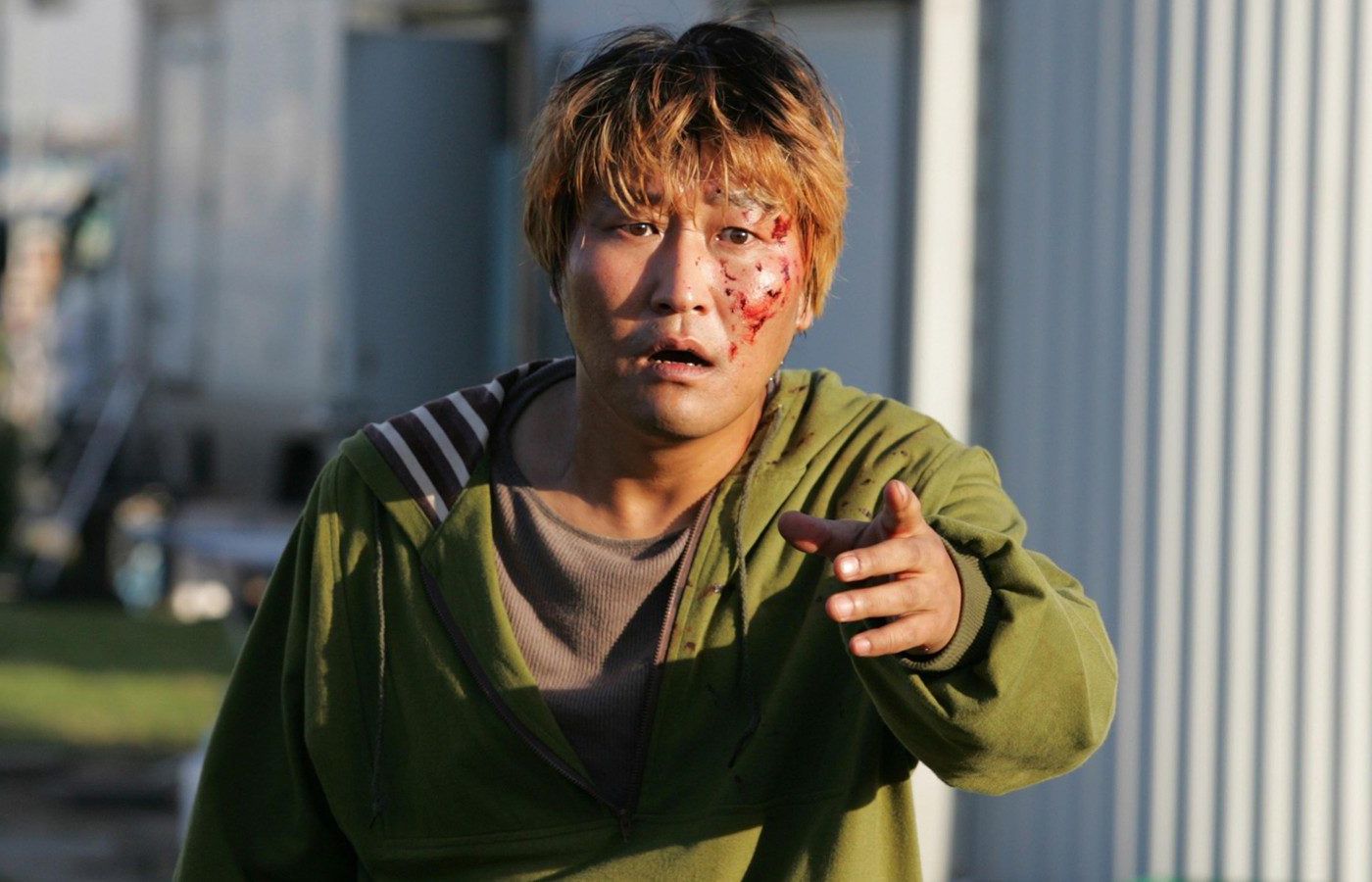
Now that it does exist, it’s only natural that it’ll do whatever it takes to survive. Here again, we are drawn into a significant cultural difference highlighting the importance of collective interest among Koreans. Food, in this practice, belongs to anyone who is hungry, regardless of whether they can afford it or not. This act of taking food as the rightful property of the impoverished is a social contract where the entire community is being looked out for and where there is no economic interest at play. It’s also the kind of idea that one can’t quite imagine existing in the individualistic, post-Industrial Revolution West.
Throughout the film, Bong is critical of the attitude of his country’s government. He views them as incompetent and mainly indifferent to the real plight of the people. For the Park family, their only chance of saving Hyun-seo lies in contacting gangsters to provide them with weapons and a vehicle to scour subterranean Seoul in search of her. The bureaucracy couldn’t care so much as even to trace Hyun-seo’s call as her family’s position on the economic ladder makes her expendable. The sheer lack of deliberation on the part of the South Korean government culminated in their decision to drop an American chemical weapon called ‘Agent Yellow’ in the Han River with the hopes that it would kill the monster.
It is, after all, lethal enough to incapacitate anyone across kilometers of the radius of its spread. Keeping the obvious play of words in its name in referring to the Vietnam War aside, Agent Yellow is an American corrective measure whose extremity equals that of what caused the monster to come into existence in the first place.
It’s highly destructive for the environment, and a large section of the Korean population seems clearly opposed to the decision. To them, such a sweeping move is entirely irrational, and they can see that the harm to their country and its people will be far more significant if the chemical agent is employed, as opposed to what the monster can do. Here again, we run into the binary of the environmentally-conscious native and the indifferent colonizer.
The plan ultimately fails. Agent Yellow, despite the threat of it, which had been built for so long, only manages to incapacitate the monster for a short while. What does kill the Monster is a series of images that emphasize the position of the Koreans in this binary. Nam-il’s homeless acquaintance douses the creature in petroleum, and in an image that seems straight out of folklore, the expert archer Nam-joo shoots a flaming arrow at the monster. The arrow pierces it and causes it to go up in flames.
The agonized creature, seeking relief in the Han River, fails to find it as Gang-du plunges a large steel pole into its facial orifice as if it were a spear, which finally kills it. Compared to the, for the lack of a better word, the sophistication of Agent Yellow, the Park family’s choice of weapons is positively primitive. Yet, they prove to be actually effective. Despite the colonizer’s role in creating the monster, the threat of it to the native makes it the latter’s responsibility to rid themselves of it. They do it in an effective way that’s entirely of their own making.
Monster movies have an illustrious history of being concerned with the natural world. Kong was a God for the inhabitants of Skull Island. It is his forceful extraction from that place in order to turn him into a circus spectacle that made Kong a threat to human beings. The danger of the beast in ‘Creature from the Black Lagoon’ is a critique of the perils that an excessively scientific spirit of inquiry holds. Godzilla would never have been created if not for a meditation on the apocalyptic threat that nuclear weapons hold.
As part of this tradition, Bong has also created a monster that is a realization of the anxieties of Koreans with regard to the invasive nature of American presence. In the clumsy gait of the beast, an unfortunate product of neo-imperial inconsideration, we find sympathy on Bong’s part in a manner no different from Del Toro and his lifelong fascination with the grotesque. It is not the enemy. In fact, it wouldn’t even exist if not for the real enemy that is implicit across the film – the neocolonial practices of Americans and the Korean government’s fecklessness in allowing for said practices. After all, is the ghost of one of the most heinous American practices in Vietnam really the best solution the latter could have agreed to deal with such a threat?

